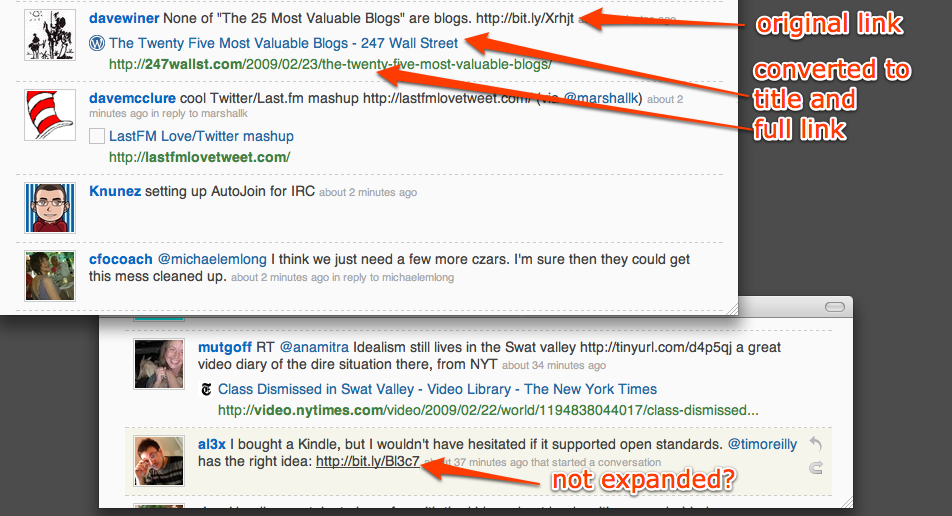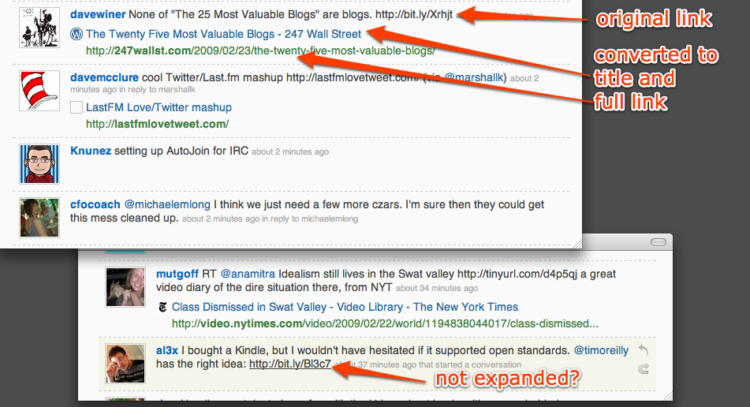
You know that one time, when your company was featured in an amazing article in your local newspaper or a national blog? Even if this hasn’t happened to you recently, a media feature can be one of the very best things to happen to your business. It’s often a PR goal for a company to land a major news story, because there are few better ways to get lots of eyes on your brand—and therefore, plenty of new potential customers.
So let’s say that your company was featured in a local blog’s roundup. Even though it’s not earth shattering, it’s still publicity, right? The key to success is not stopping at the feature and assuming that everyone will see it. Rather, social media can be an amazing vehicle to build on that momentum.
Step 1: Figure out whether or not the feature is legitimate and worth your time. Let me explain why this issue is currently at the top of my mind. Recently, a client I work for received an email from a website called WeBuyUglyHouses.com, a real estate company that apparently has local blogs throughout the country. They said that they had promoted us on their website, and that they’d love it if we shared their post with our customers. However, the feature was minimal, a few lines at best, and clearly designed to draw traffic back to WeBuyUglyHouses.com (which has very little to do with my client’s brand).
As a small business, when you receive news of a feature, be very sure that it’s legitimately good for your business and not just an attempt to promote someone else’s business to your audience. It may seem exciting that you’ve been featured by X for your outstanding customer service, but did they just mention your name in the post, or did they really provide information worthy of your customers?
Step 2: Snag that verbiage. Any time you’re featured in an article is an opportunity to repurpose the feature as quality content for your users. Generally, if a writer has crafted a feature on your business, the writing (should) be clean, concise, and hopefully, quotable. Make sure to save some of your favorite quotes and verbiage from the article to use in future days and weeks. This will be useful, especially if you don’t have a social media team yet.
Remember, crafting exquisite content is not optional anymore. “Each brand, regardless of size or revenue, is provided with the same amount of online space, along with the same options, to use relevant and effective keywords, verbiage, and/or advertising for reaching their audiences online,” notes content creator Jennifer Hanford. Save some quotes for a rainy day when you’re not sure what content to post, or for ideas when you need to create something new later on.
Step 3: Tag the Publisher. Whether it’s on Facebook, Twitter, or Instagram, re-share the feature with your clients in a new post (don’t simply press “share” to share theirs). In the post, highlight the writer of the article and the news vehicle it was published on by tagging them. The key is boosting engagement, and tagging someone who might share a post is a great way to do that.
Social media star Eva Chen explains, “It’s the passion and engagement that people feel for a brand that matters most. That is a key gold star. You can have millions of followers, but more important is whether people are commenting and tagging their friends. That means you’ve created something that people are talking about and that’s what makes a good post.” The more you can do to make this feature post something that people are talking about, the better.
Step 4: Continue to Share. If you received a particularly good or useful write-up, revisit it. There’s no law saying that you can only share a feature one time, so why not return to the praise in six months, or even on the anniversary of the review? Use the positive commentary for all it is worth.
There are so many ways to publish today: On blogs, in newspapers, in magazines. Keep track of these publications, and use them to your advantage. The more eyes in your target audience that see your business’s name, the better.
Image credit: CC by Bill Soistmann



